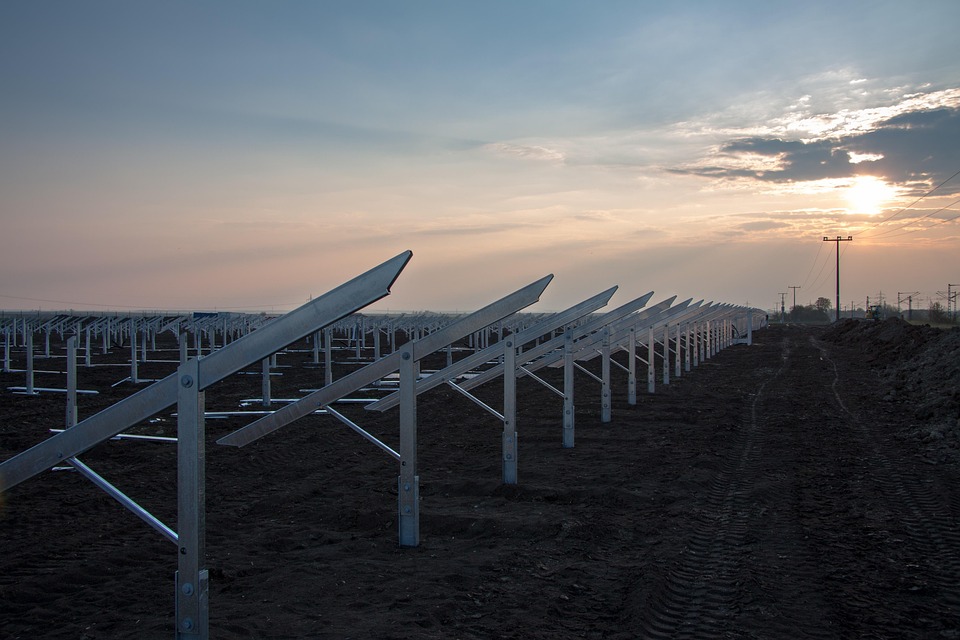Be a Responsible Traveler: Explore These Sustainable Destinations Around the World
# Be a Responsible Traveler: Explore These Sustainable Destinations Around the World Traveling has always been an adventure, but nothing enhances the joy of exploring new cultures quite like the knowledge that you’re doing it sustainably. Just recently, I found myself in a quaint eco-friendly lodge in Costa Rica, surrounded by lush rainforests and invigorating biodiversity. The air buzzed with the sounds of nature, and each day held new adventures—from zip-lining through the treetops to participating in local conservation efforts. It was a beautiful reminder of how travel can leave a positive footprint. In today’s world, it’s essential to embrace responsible travel, offering both enjoyment and a sense of stewardship. So, buckle up your hiking boots as we explore some remarkable sustainable destinations around the globe! ## Why Travel Sustainably? The benefits of sustainable travel go beyond just saving the environment; they enrich our travel experiences. By choosing sustainable options—like local accommodations, eco-tours, and conservation projects—we connect on a deeper level with the culture and community we’re visiting. Think of it as a way to say thank you to the world for all its wonders. ## Top Sustainable Destinations ### 1. Costa Rica: A Nature Lover’s Paradise Costa Rica is the poster child for sustainable tourism. With a whopping 25% of its territory designated as protected land, this Central American gem is a haven for eco-conscious travelers. The country offers various eco-lodges and farms where you can learn about sustainable agriculture while enjoying local cuisine. **Pro Tip:** Opt for tours led by local guides who are trained in sustainable practices. They’ll not only provide a richer understanding of the biodiversity but also help support the local economy. ### 2. Bhutan: The Last Shangri-La Bhutan epitomizes sustainable travel with its “high value, low impact” tourism strategy. The government controls the number of visitors with a daily minimum fee that includes accommodation, meals, and a guide. This ensures visitors engage meaningfully with the local culture rather than swarming the landscape. **Pro Tip:** Embrace the local customs—try your hand at “Archery,” the national sport, or participate in a traditional Tsechu festival to really immerse yourself in Bhutanese culture. ### 3. Iceland: Nature’s Playground While Iceland’s stunning landscapes are popular among travelers, the country has made great strides in promoting sustainable tourism. With a commitment to renewable energy, most of Iceland’s electricity and geothermal heating come from natural resources. Ecotourism initiatives also spotlight conservation efforts to protect the unique ecosystem. **Pro Tip:** Consider traveling during the off-peak season (late fall or early spring) to minimize your impact on the environment and enjoy a quieter experience. ### 4. Norway: A Fjorded Adventure Norway values sustainable tourism, from its focus on preserving nature to its promotion of local culture. The country boasts eco-friendly hotels, sustainable seafood practices, and incredible natural parks. Take the time to explore the fjords using electric boats, and witness breathtaking views while doing your part to protect the environment. **Pro Tip:** Use the public transport system to explore rural areas. Not only is it efficient, but it reduces your carbon footprint while supporting local transportation businesses. ### 5. New Zealand: The Land of the Long White Cloud With its stunning landscapes, biodiversity, and native Maori culture, New Zealand emphasizes sustainability in tourism through various initiatives. Visitors can explore ancient forests, geothermal wonders, and pristine beaches, all while making choices that benefit the land and its people. **Pro Tip:** Participate in “voluntourism” programs where you can contribute to wildlife conservation projects, giving back while unlocking deeper connections with the land. ### 6. Italy: From Vineyards to Villages Italy’s commitment to sustainable tourism revolves around preserving the local culture and culinary heritage. Many regions, especially Tuscany, promote agritourism, allowing visitors to stay on working farms, harvest grapes, and participate in cooking classes showcasing traditional recipes. **Pro Tip:** Always try to eat local and seasonal foods to reduce transportation emissions and support local farmers. ### 7. Canada: Wilderness with a Conscience Known for its stunning national parks and vibrant cities, Canada excels in eco-tourism. The country has dedicated many efforts to reduce waste and promote conservation, making it a fantastic destination for responsible travelers. From whale watching in British Columbia to hiking in the Rockies, there’s no shortage of activities that respect nature. **Pro Tip:** Use reusable containers for water and food while hiking, and always adhere to “Leave No Trace” principles to protect the breathtaking landscapes. ### 8. Japan: Where Tradition Meets Innovation Japan seamlessly blends ancient traditions with modern sustainability practices. With a focus on efficient public transportation and eco-friendly hospitality, the country allows travelers to explore its rich history responsibly. From traditional ryokans (inns) to innovative modern stays, the options are varied and sustainable. **Pro Tip:** Learn some basic Japanese phrases to connect with locals on a deeper level, and consider enjoying a meal at a restaurant that serves locally sourced ingredients. ### 9. Kenya: Wildlife and Conservation Kenya is home to incredible wildlife and landscapes. Its focus on responsible safari experiences promotes both conservation and community engagement. You can disconnect from the hustle and bustle while enjoying the awe-inspiring sights of elephants roaming the savannah. **Pro Tip:** Choose safari packages that contribute to conservation programs. This way, your adventure helps protect the wildlife and their habitats. ### 10. Portugal: A Gem on the Atlantic Portugal is a rising star in sustainable tourism, with efforts in renewable energy and protecting its coastal landscapes. From eco-villages to sustainable wine tours in the Douro Valley, there are countless ways to enjoy this vibrant culture while ensuring minimal impact. **Pro Tip:** Rent a bicycle to explore coastal trails—this not only showcases the beauty of the region but supports eco-friendly modes of transportation. ## The Bigger Picture: Sustainable Practices ### – Reduce Plastic Use With the convenience of single-use plastic, many travelers unknowingly contribute to pollution. Carry a reusable water bottle and tote bag to minimize your plastic footprint. ### – Choose Eco-Friendly Accommodations Look for hotels and lodges that have been certified for their










